





Members of the genus Lychnis have long been popular plants for the cottage garden. Today, they are still popular and the variety available continues to increase. Read on to learn more about the diversity of catchflies and campions.
Catchflies are a standard garden perennials for most temperate gardens. Their common name comes from the fact that some species, such as the German catchfly, have sticky flower droughts that literally catch flies! Their other common name, campion, comes from the Latin campus, which means field, referring to the fact that many inhabit meadow habitats. The catchflies are members of the genus Lychnis. The name derives from the Greek word lychnos, which means lamp. While you might think this name alludes to the flame-like orange blooms of the maltese cross it actually comes from the use of the felt-like leaves of rose campion as a candle wick! There are about 20 species, all confined to the northern hemisphere. They are very similar to the genus Silene. The difference is in the flower structures. Lychnis flowers have 5 styles and capsules that open with 5 teeth while Silene have 3 styles and capsules with 6 teeth. Only a botanist can appreciate these differences!
In the wild, catchflies inhabit a variety of environments, from fens, damp meadows, moist woodlands to rocky alpine regions. While most prefer a reasonably moist soil, those with hairy or felted leaves like the rose campion, L. coronaria and Flower-of-Jove, L. flos-jovis, can tolerate considerable drought. Full sun is preferred except for the few woodlanders which hail primarily from east Asia. Most will survive in zone 4 with some hardy into zone 3. The Asian ‘orange' campions prefer zone 5 or milder.
Several species, like L. coronaria, L. flos-jovis and L. flos-cuculi are rampant self-seeders so should be used with care. Prompt dead-heading will keep those plants in check. Most of the species are wonderful subjects for the bee or butterfly garden.
The tallest of the commonly grown species is the Maltese cross, L. chalcedonica. This species, which is native to eastern Europe and western Russia, can reach 50 to 100 cm, sometimes taller if the soil is moist and rich. Light staking might be suggested as their stems are easily damaged by wind and rain. Maltese cross have been grown as cottage garden subjects for many years. Their flat-topped dense heads of bright orange-red flowers are a knockout in the garden. There are several named forms such as ‘Alba' (white), ‘Flore Plena' (double scarlet) and ‘Dusky Salmon' (pink). This species prefers moist soil and will greatly suffer under the slightest drought conditions. They are among the longest-living Lychnis species (most are apt to be short-lived). They are also among the hardiest, known to survive in zone 2b.
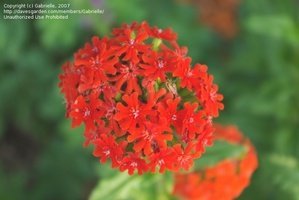
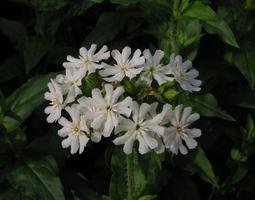
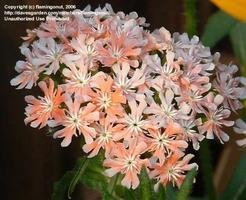
Lychnis chalcedonica and the cultivars 'Alba' and 'Dusky Salmon'
Two similar-looking species that are also long-standing members of the cottage garden is the rose campion, L. coronaria, and the Flower-of-Jove, L. flos-jovis. Both of these species have grey-white, heavily-felted leaves that are attractive in the garden even without blooms. They are reasonably drought-tolerant and hardy to zone 3-4. They preform best in regions where the winters are not too wet. Rose campion has brilliant magenta flowers; a color that is sometimes difficult to place in the garden. There are a couple of named forms including ‘Alba' (white), ‘Angel Blush' (white flushed pink) and ‘Oculata' (white with a red-pink eye). Flower-of-Jove looks very similar but their flowers are more pink-red rather than magenta. Both can reach 80 cm in height. The former hails from lowland areas of SE Europe while the latter grows in the Alps. The cultivar L. flos-jovis ‘Nana' (aka ‘Peggy') is a lovely dwarf form reaching 20-30 cm, making it suitable for the front of the border or the rockery. Both of these species are perhaps best treated as biennials.
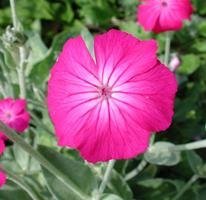
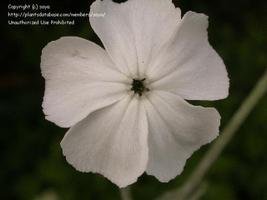
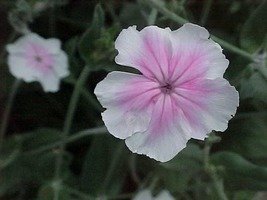
Lychnis coronaria and the selections 'Alba' and 'Angel Blush'
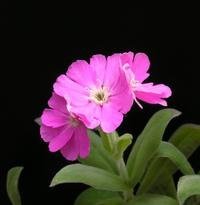
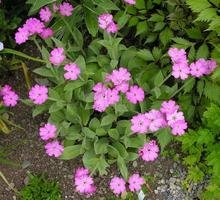
Details of Lychnis flos-jovis
In recent years the German catchfly, L. viscaria, has become quite popular. This species has rosettes of deep green, narrow leaves and wand-like stems that reach to 60 cm. Native to Europe, the upper flower stems of this species are very sticky and as the name suggests, will actually snare unwary insects....maybe this was the idea behind sticky paper traps?! The wild form has purplish-red flowers but there are many named selections ranging in color from white, through shades of pink, red and purple, in both single and double-flowered forms. Hardy to zone 4 at least, this species is more long-lived than many Lychnis.
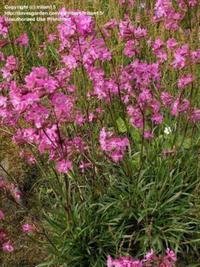
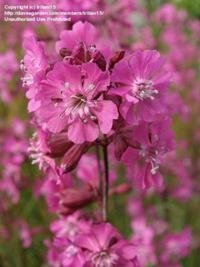
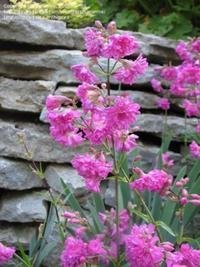
Lychnis viscaria and the double-flowered form (right)
The last European species of note is the ragged robin, L. flos-cuculi. The ragged, deeply cut flowers are elegant, even if not quite as showy as some of the other Lychnis species. Many gardeners opt to grow this one in the wildflower garden. The wiry stems reach to 75 cm with open clusters of pale purple-pink flowers. There are white and pink-flowered selections as well as those with double flowers. The dwarf cultivar called ‘Nana' stays under 15 cm and is ideal in the rock garden.
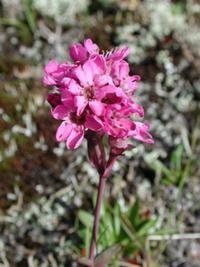
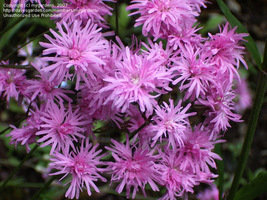
Lychnis flos-cuculi and the double-flowered form
The arctic-alpine species, L. alpina, occurs throughout mountain and Arctic regions of the northern hemisphere. The plants look much like a miniature version of the German catchfly. While hardy to zone 2, this one will not tolerate hot summers so, while a choice subject for the rock garden, it is difficult to keep alive in many gardening areas.

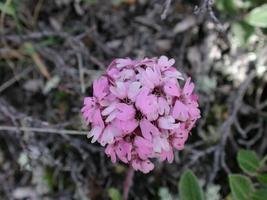
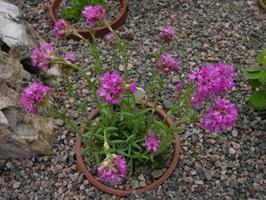
Details of Lychnis alpina
The remaining popular species hail from east Asia and all look similar with very large, orange-red flowers. These include L. sieboldii, L. fulgens and L. miqueliana. These are all woodland species that are best in zone 5 and south. They will reach about 60 cm and preder dappled shade and moist soil. Hybrids between these are more commonly available as the hybrid L. x haageana. They are so quick to bloom from seed that they are often treated as annuals. They are not particularly long-lived so save seed when possible. Hybrids between L. x haageana and L. chalcedonica are called L. x arkwrightii. They grow a little taller and also have large, bright orange flowers and rather dark purple-tinted foliage. The cultivar ‘Vesuvius' is the most popular. These hybrids are also best grown as annuals or biennials.
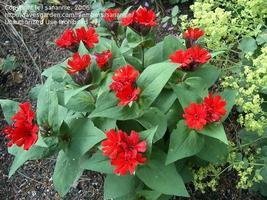
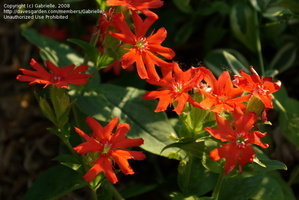
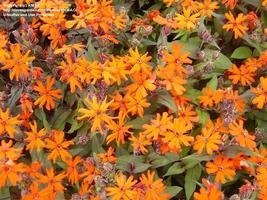
Selections of L. X haageana and L. X arkwrightii 'Vesuvius' (right)
Whether you know them as campion, catchfly or Lychnis, this group of plants make wonderful garden additions useful in a variety of situations. Easily grown from seed and relatively pest-free, they are highly recommended for both the amateur and advanced gardener.
I would like to thank the following DGers for the use of their pictures: flamingonut (L. chalcedonica 'Dusky Salmon'), Gabrielle (L. chalcedonica, L. X haageana), KMAC (L. X arkwrightii), mygardens (L. flos-cuculi 'Flore Pleno'), sanannie (L. viscaria 'Flore Pleno'), saya (L. coronaria 'Alba'), trilian (L. viscaria) and wannadanc (L. coronaria 'Angel Blush')
Copyright © www.100flowers.win Botanic Garden All Rights Reserved